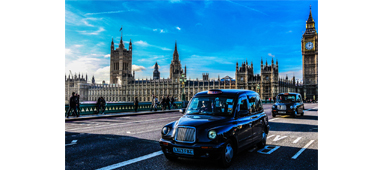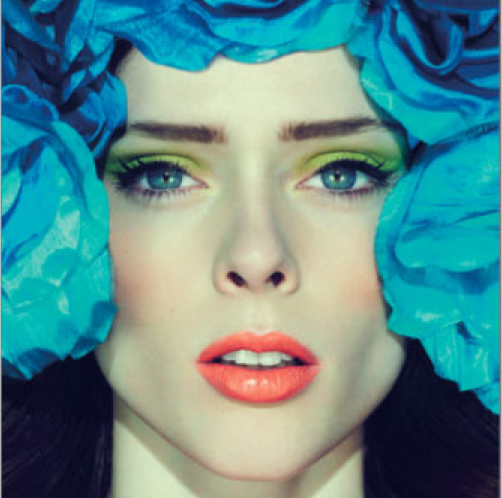Text and the city
From the spectacular rise of bitcoin to the passing of Mandela and Thatcher, the horrors of Boston and Nairobi to the resignation of the Pope, the breakthroughs in human stem cell cloning [1] to the promise of medical three-dimensional printing [2] – our personal and professional lives are influenced by global and technological events in a way that seemed unimaginable just a few decades ago.
The clinical and scientific research community has never been more international as it is now. Publications of researchers from China and India in prestigious Science Citation Index (SCI – maintained by Thomson Reuters) journals has increased steadily, with Chinese papers accounting for 9.5% of all published in 2011 from a negligible figure a decade ago, second only to America [3].
At the BJUI, we are proud to be able to facilitate and receive the best high-quality research from any part of the world. Recent efforts in developing our print, online and social media channels have allowed us to disseminate this work to a greater worldwide audience than ever before. We are affiliated with the Urological Associations in Britain, Ireland, the Caribbean, India, Hong Kong and Australia and New Zealand. The ‘I’ in BJUI is something we work hard to foster.
In celebration of the global reach of the BJUI, all our 2014 covers will showcase the city or country of origin of our key feature within the issue. We wanted to reflect the sense of community that runs through the competitive, yet closely linked international network of research teams that are published within the BJUI. We hope that you will appreciate the stunning visual impact that complements the topical diversity, superlative quality and intellectual rigour of each new issue of the BJUI in 2014.
The article of the month in this issue features the androgen receptor and prostate cancer – a reflection of a life time of translational research from David Neal’s group at Cambridge [4]. Our Editor-in-Chief was inspired by the Zacchary Cope lecture at The Royal Society of Medicine, London and convinced David to send his paper to the BJUI. Furthermore during the annual meeting of the BAUS section of Academic Urology this January in Cambridge, it became obvious that punting was just as iconic as the awe inspiring university buildings in this beautiful city.
Tet Yap
Royal College of Surgeons of England, London, UK
Director of Glass Magazine
References
- Tachibana M, Amato P, Sparman M et al. Human embryonic stem cells derived by somatic cell nuclear transfer. Cell 2013; 153: 1228–1238
- Fischer S. The body printed. IEEE Pulse 2013; 4: 27–31
- Scientific Research: Looks good on paper. © The Economist Newspaper Ltd, London (28 September 2013)
- Lamb AD, Massie CE, Neal DE. The transcriptional programme of the androgen receptor (AR) in prostate cancer. BJU Int 2014; 113: 361–369



